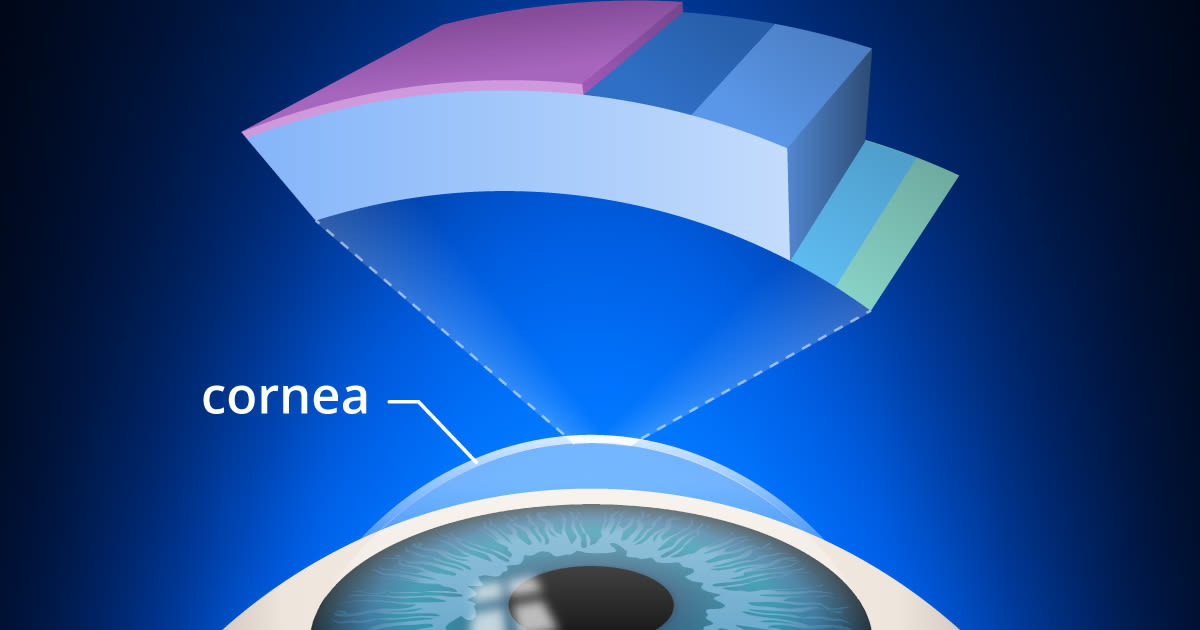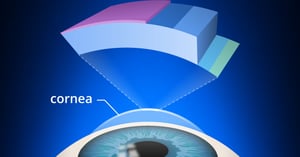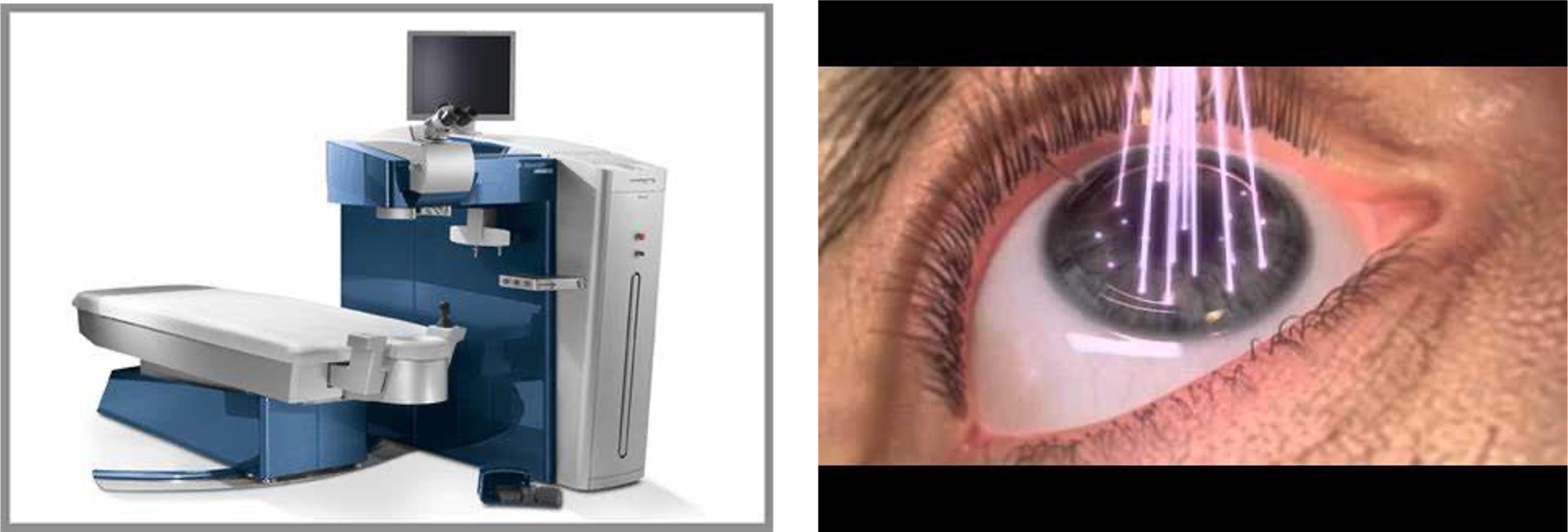Can I Still Get LASIK If I Have Astigmatism?
Are you looking for options when it comes to vision correction? Living with glasses and contact lenses doesn’t have to be the only way.
2 min read
 The Rochester Eye & Laser Team
:
Aug 13, 2020 10:46:23 AM
The Rochester Eye & Laser Team
:
Aug 13, 2020 10:46:23 AM

 Keratoconus is a progressive eye disease in which the normally round cornea thins and begins to bulge into a cone-like shape. This cone shape deflects light as it enters the eye on its way to the light-sensitive retina, causing distorted vision. Keratoconus can occur in one or both eyes and often begins during a person's teens or early 20s.
Keratoconus is a progressive eye disease in which the normally round cornea thins and begins to bulge into a cone-like shape. This cone shape deflects light as it enters the eye on its way to the light-sensitive retina, causing distorted vision. Keratoconus can occur in one or both eyes and often begins during a person's teens or early 20s.
As the cornea becomes more irregular in shape, it causes progressive nearsightedness and irregular astigmatism to develop, creating additional problems with distorted and blurred vision. Glare and light sensitivity also may occur.
Often, keratoconic patients experience changes in their eyeglass prescription every time they visit their eye doctor.
Research suggests the weakening of the corneal tissue that leads to keratoconus may be due to an imbalance of enzymes within the cornea. This imbalance makes the cornea more susceptible to oxidative damage from compounds called free radicals, causing it to weaken and bulge forward.
Risk factors for oxidative damage and weakening of the cornea include a genetic predisposition, explaining why keratoconus often affects more than one member of the same family.
Keratoconus also is associated with overexposure to ultraviolet rays from the sun, excessive eye rubbing, a history of poorly fitted contact lenses and chronic eye irritation.
In the mildest form of keratoconus, eyeglasses or soft contact lenses may help. But as the
disease progresses and the cornea thins and becomes increasingly more irregular in shape, glasses and regular soft contact lens designs no longer provide adequate vision correction.
Some people with keratoconus can't tolerate a rigid contact lens, or they reach the point where contact lenses or other therapies no longer provide acceptable vision.
LASIK and other laser refractive surgery procedures like PRK and SMILE correct nearsightedness and other refractive errors by reshaping the cornea. In this reshaping process, some corneal tissue is removed, making the cornea thinner.
Because keratoconus is a degenerative corneal disease that causes thinning of the cornea and leads to unpredictable and irregular changes in the shape of the front surface of the eye, LASIK generally is not recommended for anyone with keratoconus.
In fact, there is a small risk that LASIK can induce a keratoconus-type condition called corneal ectasia if too much tissue is removed from the cornea of individuals who are susceptible to this condition.
If you have keratoconus and are interested in refractive surgery to correct your nearsightedness or other refractive errors, the first step is to have your cornea carefully examined by an eye doctor — preferably a keratoconus specialist.
Your doctor may recommend a corneal cross-linking procedure to strengthen and stabilize your cornea prior to considering refractive surgery. Depending on the outcome of this procedure, LASIK or some other type of refractive surgery to decrease your dependence on eyeglasses or contact lenses might be possible.
Want to learn more about LASIK? Join us on September 14, 2023 from 5:30-7pm at Brody's on the Bay, and talk to Ophthalmologist, Dr. Ken Lindahl. Get all your questions answered and be entered into a Free LASIK drawing for attending.

Are you looking for options when it comes to vision correction? Living with glasses and contact lenses doesn’t have to be the only way.

If you’re considering laser eye surgery, you may not realize that there is more than one option to improve your vision. Sometimes LASIK is used as a...

Bifocals are eyeglasses that feature two lens powers, allowing wearers to see both near and far objects. In the past, individuals with bifocal vision...